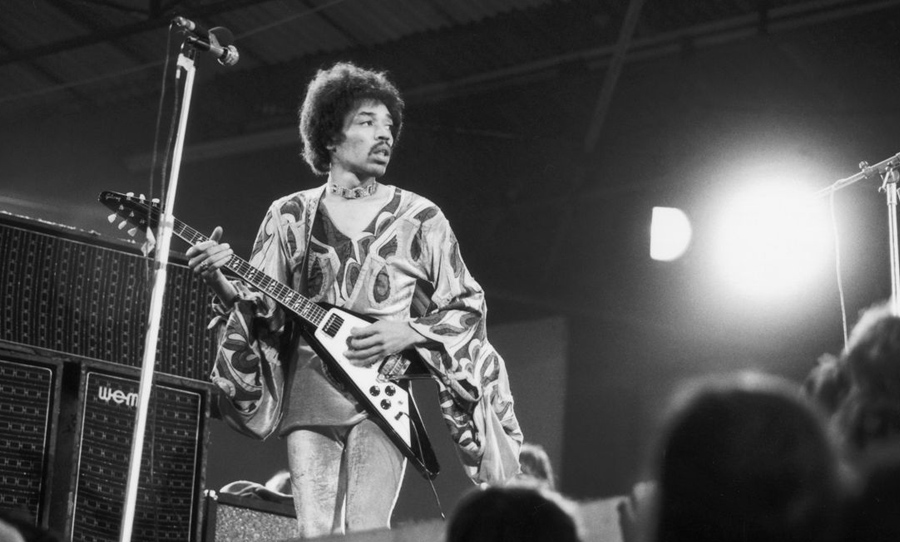Gibson has scored a monumental legal win in the battle to protect its legendary guitar shapes.
Gibson has clinched a monumental legal win, solidifying the protection of its legendary guitar shapes in the face of a long-running legal battle.
A Texas federal jury has ruled in favour of Gibson, upholding trademarks for the iconic Flying V, Explorer, and SG models and finding Armadillo Enterprises (Dean Guitars) guilty of infringement and counterfeiting.

This landmark decision secures Gibson’s place in the music world, ensuring the trademarked designs retain their untouchable value.
But beyond the legal victory, this is a triumph for rock ‘n’ roll’s sonic landscape, with the Flying V standing as an enduring symbol of musical innovation.
Introduced in 1958, the Flying V was ahead of its time with its futuristic design and cutting, aggressive tone—attributes that would go on to define the sound of rock and metal.
The sharp, angular lines of the Flying V didn’t just push boundaries visually; they delivered a sound that resonated through the decades, shaping the music of legendary artists.
From the moment Jimi Hendrix strummed a Flying V during his 1968 European tour, the guitar became synonymous with boundary-pushing musicianship.
Hendrix, known for his mastery of the Stratocaster, embraced the Flying V’s unique tonal palette, flipping it upside down to suit his left-handed playing style. Meanwhile, blues great Albert King, affectionately naming his Flying V “Lucy,” found the guitar a perfect match for his fiery, soulful playing.
Rock icons like Tom Petty, ZZ Top’s Billy Gibbons, and Metallica’s James Hetfield also adopted the Flying V, making it an essential part of their stage presence and sound.
With this decisive legal victory, Gibson not only secures its legacy but also ensures the continued influence of the Flying V on future generations of rock legends.
The guitar’s impact, now more than six decades strong, remains undeniable—its place in history as secure as ever.



